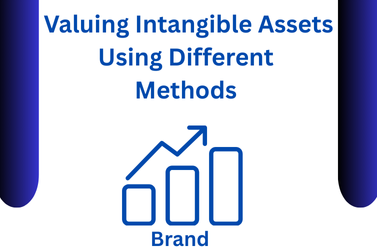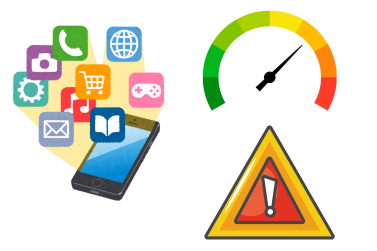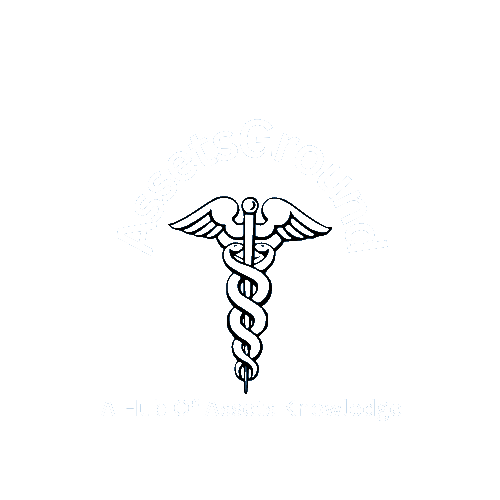Valuing Intangible Assets Using Different Methods

Intangible assets are the non physical and non monetary assets but bring economic benefits to its holders. Valuing intangible assets is a hot topic because of its non physical existence that makes it one of the tricky part of the business valuation.
Recognition criteria for purchased intangible assets
An intangible asset must be saparetly identifiable so measurement can be done. The purchased intangible assets are those assets that are bought by the company in exchange of the consideration and it can be recognised if the following criteria are mate.
- It is probable that economic benefit will flow to the entity
- It is identifiable
- Cost can be reliably measured
Recognition criteria for internally generated intangible assets
When an asset such as brand name is generated because of the hard work and efforts of the company it said to be internally generated intangible asset. Company goes through different phases to make an internally generated intangible asset such as research stage and development stage.
Research stage
Initially planned investigation or feasible study to obtain new knowledge. At this stage all the amount done is recorded as an expense because of no confirmation of the future result.
Development Stage
Application of that knowledge obtained from research stage but capotalization of development cost is dependent on the PIRATE criteria.
- P= Probabale chances of economic benefit and commercially viable
- I= Intention to complete
- R= Resources available
- A= Ability to use and sell
- T= Technical resource available
- E= Expenditure reliably measured
Developmentr cost only can be capitalized if these conditions are mat. If company cannot distinguist between research and development stage then all the expenditure will be booked as an expense in the income statement.
Once the project is started or launched after that capitalized cost is then amortized each year according to its life. If the project life is finite it is amortized and if the project life is infinite then no amortization is done but impairment is required at least annually to ensure assets are recorded on their correct value.
Factors to determine the life of the project

- If intangible asset is dependent on technology then it has a finite life
- Past performance of the brand
- Risk associated with the intangible asset
Intangible asset without which you cannot operate the tangible asset is the part of the tangible asset and it should be treated as per IAS 16(Property, Plant, and Equipment). Example Microsoft window without which one cannot operate the computer, so Microsoft window will be treated as per IAS 16.
Valuing Intangible Assets Using Different Methods
There are two method to value the intangible assets which are cost model and revlaution model. Cost model can be used in any intangible asset but revalution model can only be used if there is an active market for the asset which is unlikely in case of intangible asset because they are not actively traded in the market.
Cost model
Cost model is a simple model like (IAS 16 Cst model) to value an intangible asset. Cost less accumulated amortization less any impairment.
Revaluation Model
Revalution model is bit tricky as most of intangible assets has no active market so their fluctuating value cannot be determine easily but now a days cryptocurrency is used accross the globe which falls under the scope of IAS 38 which can be valued using the revaluation model.
FAQs
What are the Cost that cannot be capitalized
Cost such as research expense or advertisement expense cannot be capitalized under intangible asset because it is not identifiable or uncertain about the future potential benefits.
Under which IFRS intangible asset are dealt with?
IAS 38 states everything about the intangible asset from definition to its valuation.
